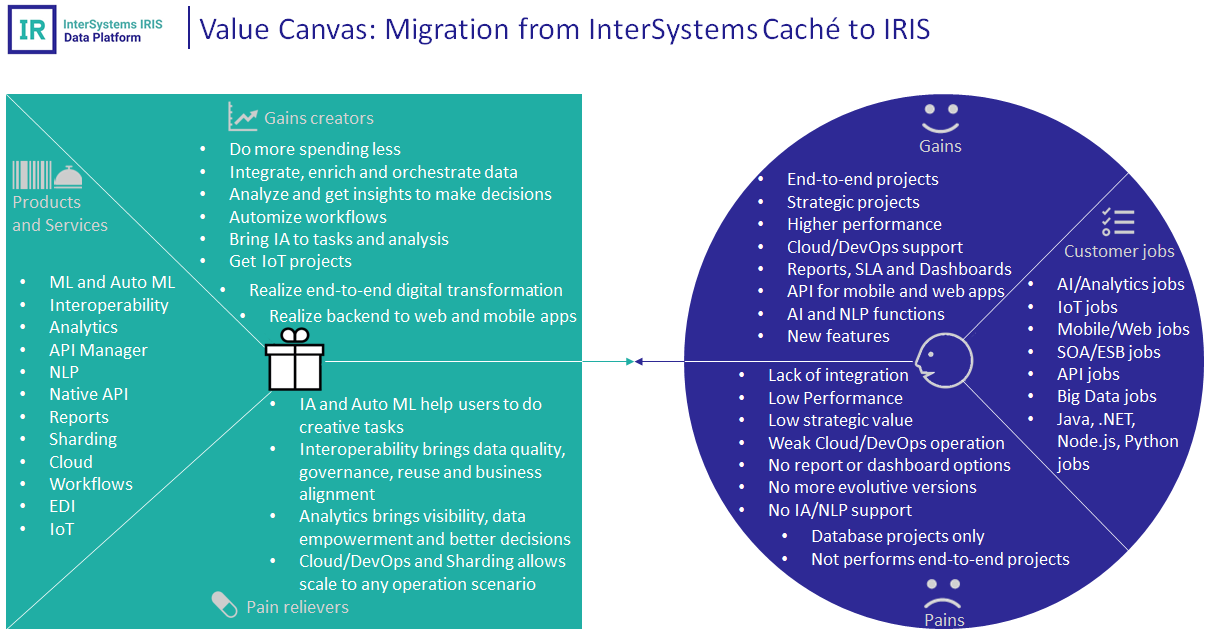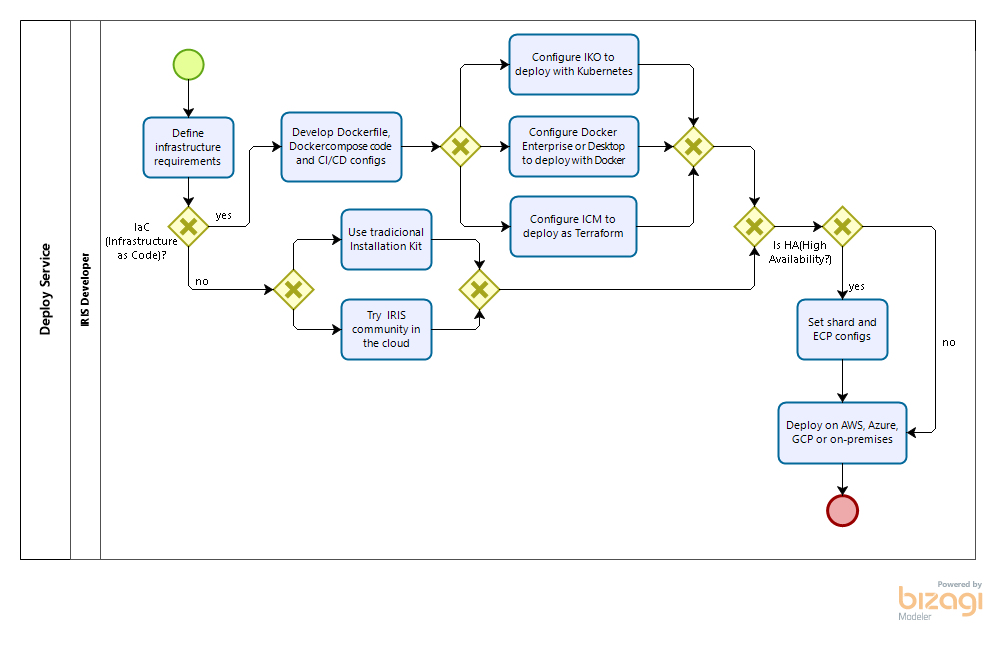Dynamic PoolSize (DPS) Experiment
Purpose:
Enhance Ensemble or IRIS production so it can dynamically allocate pool size for adapter-based components based on their utilization.
Sometimes, an unexpected traffic volume occurs, and default pool size allocated to production components may become a bottleneck. To avoid such situations, I created a demonstrator project some 2 years ago to see, whether it would be possible and feasible to modify production, so it allowed for dynamically modifying its components per their load.




